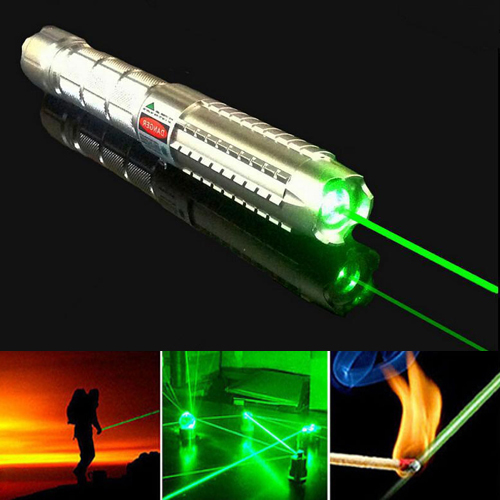The CO2 laser was invented by C. Kumar N. Patel in Bell Laboratories in 1964. It is an ancient technology in the ever-changing photoelectric industry. Despite its long appearance, CO2 laser pointer technology still survives and continues to prosper on the market due to its unique wavelength, power, and spectral purity.
Because many natural and synthetic materials have strong absorption peaks at 9~12μm, which happens to be the wavelength band of the output wavelength of the CO2 laser, which provides a lot of opportunities for the CO2 laser in the field of material processing and spectral analysis. This band is also included in the atmospheric transmission window, so it is also ideal for many sensing and ranging applications.
A typical CO2 laser is formed by a gas discharge containing a mixture of CO2 molecules. Because the energy levels of molecular vibration and rotation are very close, the photons generated by the transition of CO2 molecules between these energy levels have lower energy and longer wavelength than visible light and near infrared light.
CO2 lasers can provide power ranging from milliwatts to tens of thousands of watts, and can be used to manufacture instruments and equipment, and can also be used for powerful cutting. Because the CO2 laser has a high spectral purity, the line width can reach 1kHz or less without sacrificing power, and the conversion efficiency can reach 10%. These characteristics make CO2 lasers suitable for new applications in the field of material processing, laser ranging and radar, thermal imaging vision assistance, and targeted medical applications.
Since it was invented for decades, countless CO2 lasers have been used in medical, manufacturing and scientific research fields, from 4-digit code printing on high-speed mineral water bottle production lines in China to welding of Mercedes-Benz car parts in Germany. Even if today's optical fiber green laser pointer is eroding a large number of markets for CO2 lasers and the continuous innovation of quantum cascade lasers, if CO2 lasers are developed in special fields, they will still win wide applications in the market.
Despite these long-term advantages, CO2 lasers have already encountered challenges in some areas. Fiber lasers and quantum cascade lasers have expanded into many applications previously dominated by CO2 lasers. In industrial applications, high-power fiber lasers can provide higher efficiency, their energy can be better absorbed by metal materials, and have more cost advantages. However, CO2 lasers are still the only way to process many non-metallic materials because these materials cannot absorb the near-infrared wavelengths of fiber lasers.

